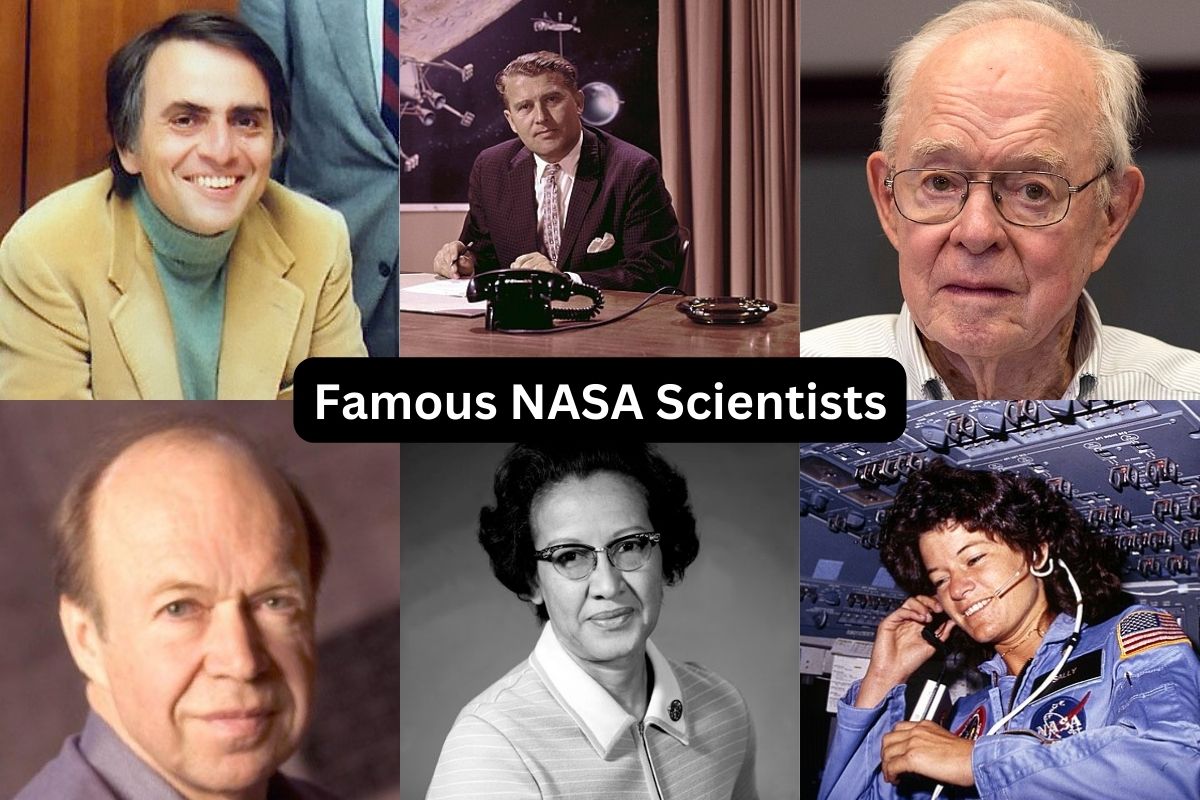Throughout its storied history, NASA, the National Aeronautics and Space Administration, has been home to some of the world’s most brilliant scientific minds.
From pioneering astrophysicists to innovative climatologists, these scientists have made groundbreaking contributions to space exploration, planetary science, and our understanding of the universe.
In this article, we will delve into the remarkable work and lasting legacies of some of the most famous NASA scientists, each of whom has left an indelible mark on the field of science and the world of space exploration.
Famous NASA Scientists
1. Wernher von Braun (1912-1977)
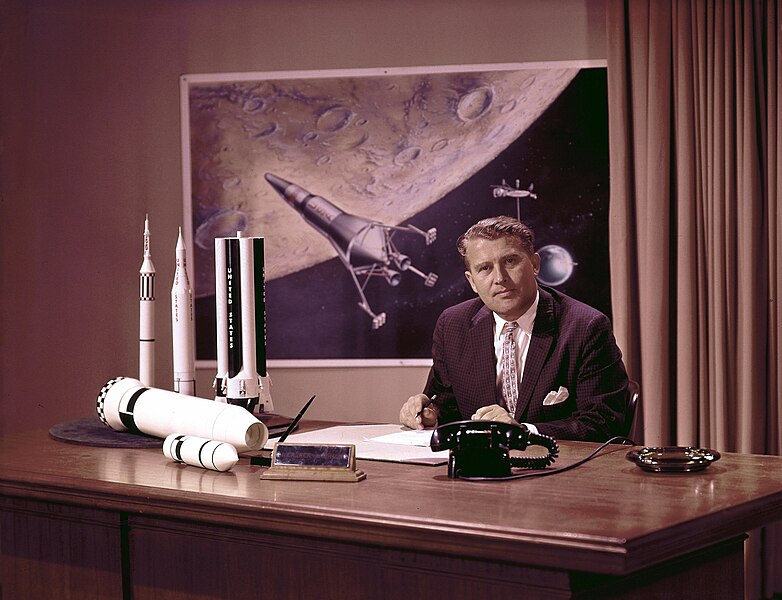
Wernher von Braun was a German-born rocket scientist who played a pivotal role in the development of rocket technology, particularly during World War II. He was instrumental in the creation of the V-2 rocket for Nazi Germany.
After World War II, von Braun, along with many other German scientists, was brought to the United States as part of Operation Paperclip. He continued his work on rocketry and became a key figure in the development of the Redstone, Jupiter-C, and Saturn rockets for the U.S. Army and later NASA.
Von Braun’s work on the Saturn V rocket was critical to the success of the Apollo program, enabling the United States to send astronauts to the Moon.
2. Katherine Johnson (1918-2020)
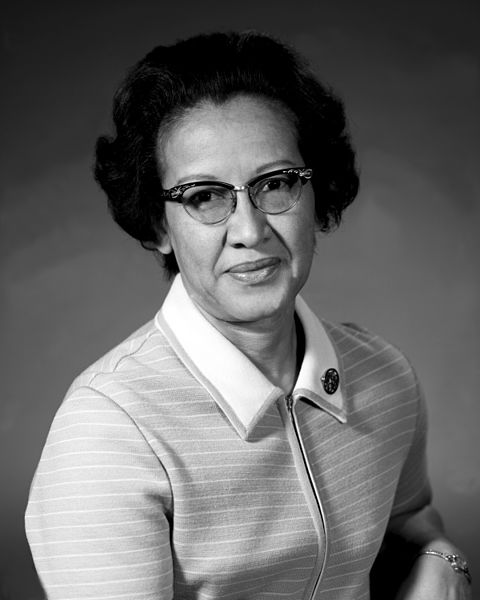
Katherine Johnson was a brilliant African-American mathematician who made significant contributions to NASA’s early space programs.
She was known for her precise calculations of orbital mechanics, which were essential for the success of the Mercury and Apollo missions. Her work helped ensure the safety of astronauts and the accuracy of their trajectories.
Also Read: Famous American Scientists
Johnson’s story gained wider recognition through the book and movie “Hidden Figures,” which highlighted the contributions of African-American women like her to NASA’s space program. Her dedication and talent paved the way for future generations of minority scientists and engineers.
3. James Hansen (1941-)
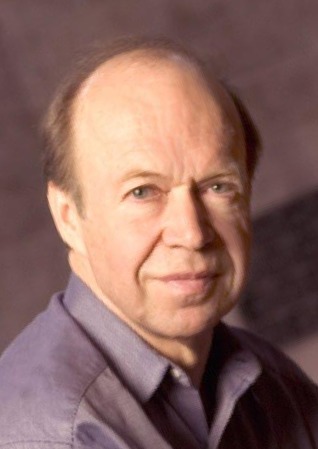
James Hansen is a renowned climatologist who served as the director of NASA’s Goddard Institute for Space Studies (GISS) for many years.
He is a prominent figure in climate science and has been a leading voice in research on global warming and climate change. His work has involved studying the Earth’s climate, its history, and the impact of human activities on the environment.
Also Read: Most Famous Female Scientists
Hansen’s research has had a significant influence on climate policy and public awareness of climate change. He has authored numerous scientific papers and books on the subject and has testified before Congress to address climate-related issues.
4. Carl Sagan (1934-1996)
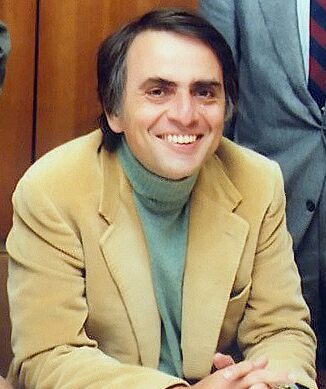
Carl Sagan was an American astrophysicist, cosmologist, and science communicator. While he was not a NASA scientist, he had a profound influence on NASA missions and space exploration through his scientific contributions and advocacy for space exploration.
He played a significant role in the planning of the Voyager missions, which launched two spacecraft, Voyager 1 and Voyager 2, in 1977. These spacecraft have provided invaluable data about the outer planets and continue to travel into interstellar space.
Sagan’s popular science books, such as “Cosmos” and “Pale Blue Dot,” and his television series “Cosmos: A Personal Voyage,” made science accessible to a wide audience and inspired countless individuals to pursue careers in space science and astronomy.
5. Sally Ride (1951-2012)
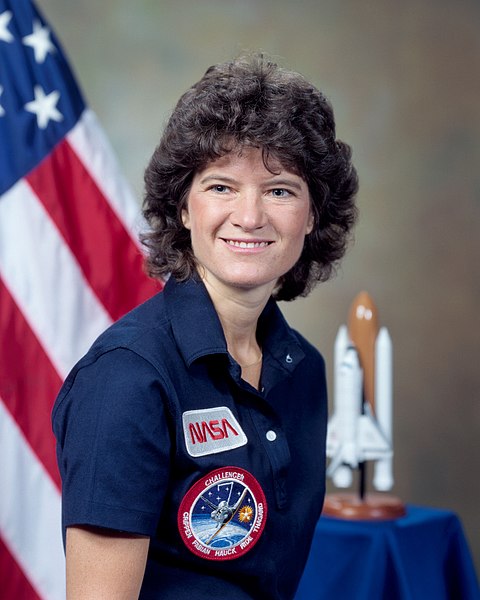
Sally Ride was the first American woman to travel to space. She joined NASA in 1978 and became a member of the astronaut corps. In 1983, she made history when she flew aboard the Space Shuttle Challenger on STS-7.
During her career at NASA, Ride contributed to various missions and conducted experiments in space. After leaving NASA, she became a professor of physics at the University of California, San Diego, and continued to promote science education and inspire young people, particularly girls, to pursue careers in STEM (science, technology, engineering, and mathematics).
Sally Ride’s legacy extends beyond her historic spaceflight, as she worked tirelessly to encourage diversity and inclusion in the field of space exploration.
6. Edwin Hubble (1889-1953)
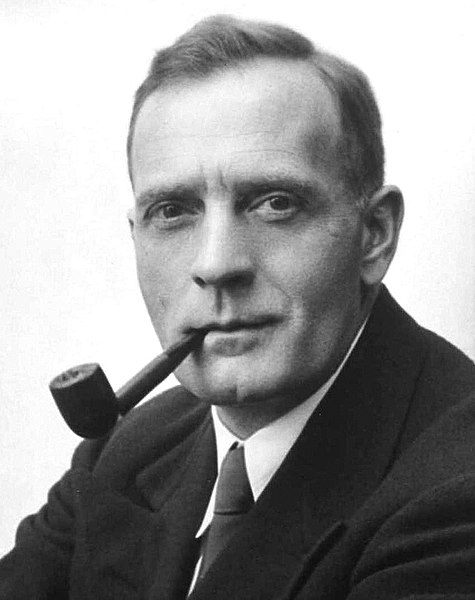
Edwin Hubble was an American astronomer who made groundbreaking contributions to our understanding of the universe’s structure and expansion. While he predates NASA’s existence, his work laid the foundation for much of NASA’s space-based astrophysical research.
Hubble is best known for Hubble’s Law and the Hubble Space Telescope, which was named in his honor. Hubble’s Law established the relationship between the redshift of galaxies and their distance from Earth, providing evidence for the expansion of the universe.
The Hubble Space Telescope, launched in 1990, has provided stunning images and invaluable data about distant galaxies, nebulae, and other celestial objects. It has revolutionized our understanding of the cosmos and continues to make significant contributions to astronomy and astrophysics.
7. Eugene Parker (1927-)
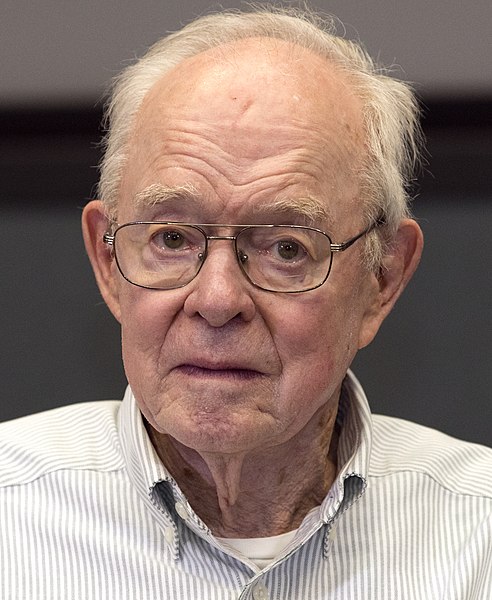
Eugene Parker is an American solar astrophysicist known for his groundbreaking work in understanding the solar wind, a stream of charged particles emitted by the Sun.
In the 1950s, Parker proposed the existence of the solar wind, which was initially met with skepticism but was later confirmed by NASA’s Mariner 2 mission in 1962. This discovery revolutionized our understanding of the Sun and its influence on the solar system.
In 2018, NASA launched the Parker Solar Probe, named in his honor, to study the Sun’s outer atmosphere and the solar wind up close. This mission aims to provide critical insights into solar physics and space weather.
8. Margaret Kivelson (1928-2019)
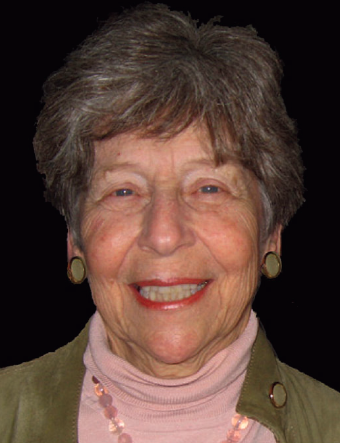
Margaret Kivelson was a prominent American space physicist known for her pioneering research on planetary magnetospheres and her contributions to several NASA missions.
She played a key role in the Galileo mission to Jupiter, where she helped analyze data from the spacecraft’s magnetometer, revealing the presence of a subsurface ocean on Jupiter’s moon Europa.
Kivelson also contributed to the Cassini-Huygens mission to Saturn and its moons, where she investigated the magnetic fields and interactions within Saturn’s magnetosphere.
Her work has significantly advanced our understanding of the complex magnetic environments surrounding planets and moons in our solar system.
9. Allan Sandage (1926-2010)

Allan Sandage was an American astronomer who made significant contributions to the field of observational astronomy and played a role in several NASA-supported projects.
He is best known for his work in determining the Hubble constant, which describes the rate of the universe’s expansion. Sandage’s meticulous measurements helped refine this fundamental cosmological parameter.
Sandage also studied galaxies, quasars, and the age of the universe, contributing to our understanding of the cosmos and its evolution.
10. Robert Goddard (1882-1945)

While Robert Goddard predates the establishment of NASA, he is often regarded as one of the pioneers of modern rocketry and is a key figure in the history of space exploration.
Goddard conducted extensive research on rocket propulsion and held numerous patents related to rocket technology. In 1926, he successfully launched the world’s first liquid-fueled rocket.
His work laid the foundation for the development of rocket technology that would eventually lead to space exploration. NASA’s Goddard Space Flight Center in Greenbelt, Maryland, is named in his honor, recognizing his contributions to the field.
